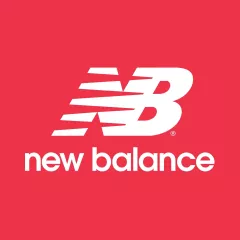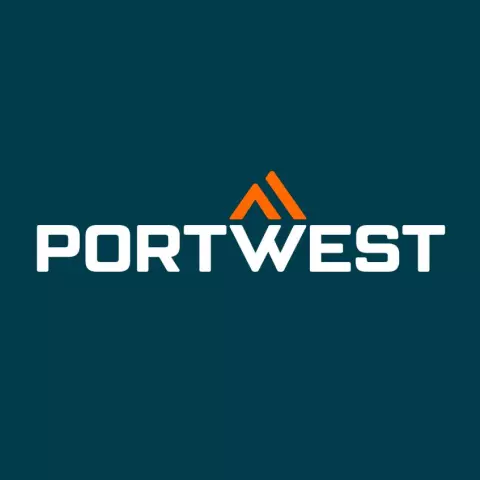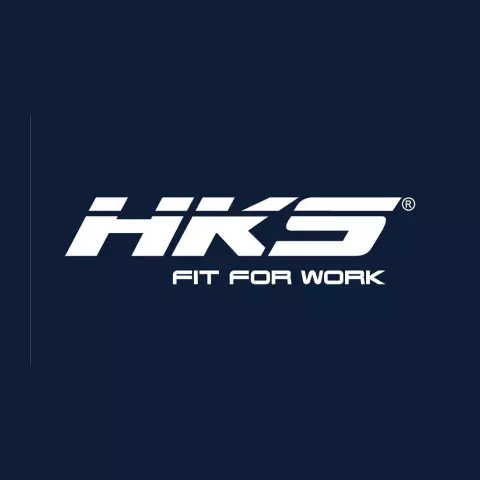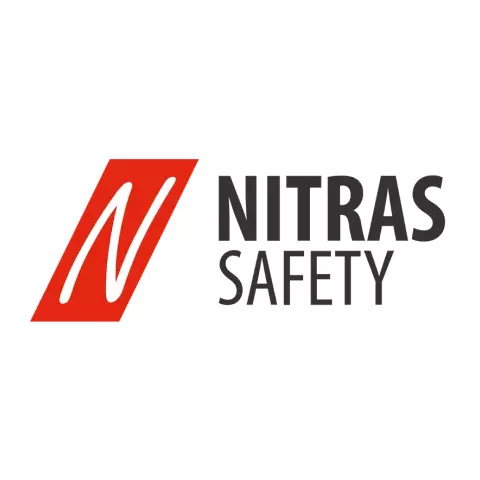
6 viktiga trender inom upphandlingsteknik
Introduktion: Att optimera inköpsprocesserna är avgörande för företag som strävar efter effektivitet och framgång i dagens snabbrörliga och konkurrensutsatta affärsmiljö....

Få 20€ rabatt på första köpet!































Skulle du beskriva din upphandlingsprocess som traditionell? Om ja, varför? Förlitar sig du och ditt team kanske fortfarande på papper eller kalkylblad?
Om så är fallet kan det vara dags att överväga att gå över till e-upphandling.
Termen e-upphandling (även stavat eProcurement) står helt enkelt för elektronisk upphandling, en modern metod för att hantera och effektivisera inköp av varor och tjänster med hjälp av internetbaserade programvaror och plattformar.
I den här artikeln kommer du att upptäcka hur e-upphandling kan förändra ditt teams arbetsflöde och hela företagets samarbete.
Här är de fördelar vi kommer att utforska:
Förbättrade arbetsflöden är utan tvekan den främsta fördelen med e-inköp.
Föreställ dig ett scenario där du och ditt team – istället för att navigera genom byråkratiska lager för att beställa varor eller tjänster – enkelt kan placera rekvisitioner genom företagsgodkända kataloger. E-upphandling, med dess digitala plattformar och programvara, förvandlar denna vision till verklighet och möjliggör en nästan friktionsfri process.
När en anställd till exempel använder en digital upphandlingsplattform för att göra en beställning säkerställer systemet att företagets riktlinjer och budgetbegränsningar följs. Längre ner i leveranskedjan leder dessa förbättringar till en dominoeffekt av effektivitet. Med snabbare och mer strömlinjeformade rekvisitionsprocesser påskyndas leverantörsbetalningarna, vilket leder till starkare leverantörsrelationer och förtroende.
I grund och botten omdefinierar e-upphandling inte bara upphandlingscykeln, utan höjer också företagens operativa tempo avsevärt och driver dem mot en framtid som kännetecknas av anpassningsförmåga och innovation.
Repetitiva och tidskrävande uppgifter kan tynga ner dig. Vi vet att du har ett stort antal ansvarsområden, allt från att styra ditt team och hantera kriser till dokumenthantering för inköpsorders och utvärdering av leverantörer – listan är lång.
Genom att implementera ett hjälpmedel såsom programvara för e-upphandling kan du automatisera dessa långdragna uppgifter. Istället för att manuellt gå igenom högar med leverantörskontrakt kan ett digitalt system lagra, hämta och hantera dem med ett klick. På samma sätt kan e-sourcingverktyg hjälpa dig att effektivisera leverantörsutvärderingar och prisförhandlingar, vilket säkerställer att du får optimalt värde utan överdriven manuell ansträngning.
Dessutom innebär denna nivå av automatisering inte bara ökad effektivitet, det har även en direkt inverkan på affärshastigheten. När den normala upphandlingscykeln påskyndas genom e-anbud och andra e-upphandlingsmetoder leder det till snabbare beslutsfattande. Personal som tidigare var upptagen med dessa uppgifter kan nu ägna tid och expertis åt andra strategiska initiativ, vilket driver företaget framåt på viktiga områden.
Inget system är felfritt. Men när det gäller upphandling kan misstag bli kostsamma.
Det kan handla om allt från felaktigt inmatade uppgifter och fakturor som inte stämmer överens, till felaktiga leverantörsuppgifter eller förbisedda betalningsvillkor. Å andra sidan, med övergången till e-upphandling blir många av dessa misstag ett minne blott.
Plattformar för digital upphandling är utrustade med funktioner som standardiserar inmatningen av data. Så när en anställd lägger en order eller loggar leverantörsuppgifter ger systemet instruktioner och vägledning för att säkerställa konsekvens och noggrannhet.
Dessutom kan automatiserade valideringsprocesser i programvaran dubbelkontrollera inmatade uppgifter med befintliga data. Det innebär att om en faktura innehåller en avvikelse eller en potentiell dubblering kommer systemet att flagga för granskning.
En framgångsrik upphandlingsprocess kräver samordning mellan många olika intressenter.
Men detta komplexa utbyte kan lätt blir kaosartat när det uppkommer informationsstopp. Tänk dig följande: ekonomiteamet har sin uppsättning datalager, lagercheferna har sina egna register och inköpare, som du, förlitar sig på en helt annan plattform.
När dessa system inte kommunicerar effektivt drar upphandlingscykeln ut på tiden, vilket leder till förseningar, ökade kostnader och allmän ineffektivitet. Dessutom kan dessa informationsstopp leda till att ett företag går miste om potentiella möjligheter, vare sig det gäller leverantörsförhandlingar, e-sourcingstrategier eller att upptäcka marknadstrender i realtid.
Plattformar för e-upphandling möjliggör bättre kommunikation och skapar en miljö där data från en avdelning kan vara till nytta för en annan, vilket optimerar hela upphandlingscykeln. Det innebär att insikter från en viss leverantörs resultat vid tidigare e-upphandlingsprocesser kan ligga till grund för framtida förhandlingar, eller att real-data från lager kan användas direkt i e-sourcingstrategin. Dessutom möjliggör realtidsfunktionerna i digitala upphandlingsverktyg snabbt beslutsfattande, vilket gör att din arbetsverksamhet förblir flexibel och lyhörd.
Att hålla sig uppdaterad om sina leverantörers prestanda kan kanske vara en av de mest skrämmande uppgifterna, särskilt om man gör det manuellt.
Har du någonsin gått igenom staplar av kalkylblad, korsrefererat data och försökt förstå allt samtidigt som du ser till att ingen leverantör faller mellan stolarna?
Denna gammaldags metod hämmar inte bara effektiviteten, det finns även stora möjligheter för misstag. En missad datapunkt eller sällsynt feedback kan påverka omdömet och leda till dåliga leverantörsval som i det långa loppet kan påverka verksamheten negativt.
E-upphandling hjälper dig att övervinna detta hinder, genom till exempel automatiserad leverantörshantering. Denna typ av plattform fungerar som ett enhetligt arkiv som visar leverantörernas produktutbud och ger en transparent inblick i deras prestandamätningar. På så sätt kan du identifiera potentiella risker vid inköp, se möjligheter till samarbete eller kostnadsbesparingar och skaffa dig den kunskap som behövs för att förhandla fram förmånliga villkor. Om en viss leverantör konsekvent levererar före utsatt tid är det något att tänka på vid förnyelse av kontrakt eller vid planering av projekt med snäva tidsramar.
Att navigera genom upphandlingsprocessen för en stor organisation kan ibland kännas som att utforska olika ekosystem. En avdelning kanske föredrar en viss leverantör för sina behov, medan en annan kanske väljer en helt annan leverantör för en liknande produkt. Om dessa variationer inte kontrolleras kan det leda till inkonsekvenser, inte bara i valet av produkter utan även i inköpsprocesser, prissättning och inköpsvillkor.
Genom att implementera programvara för e-upphandling kan ni centralisera och effektivisera inköpsrutinerna på era olika avdelningar. Så istället för att varje enhet arbetar i sin egen bubbla, tillhandahåller programvaran en enhetlig plattform där standardiserade produkter, leverantörer och inköpsprotokoll är lättillgängliga för alla.
När dessutom varje transaktion och interaktion loggas elektroniskt blir det möjligt för samtliga avdelningar att granska och anpassa sig till organisationens inköpsriktlinjer. Se det som en digital handbok, ständigt uppdaterad, som ger tydliga anvisningar om vad som gäller och inte gäller vid inköp.
E-upphandling, med dess många plattformar, har revolutionerat traditionella processer genom att eliminera behovet av fysiskt pappersarbete.
Minns du hur det var att gå igenom högar med pappersfakturor, beställningsformulär och leverantörsavtal? Dessa dagar håller stadigt på att bli historia. Med digitala upphandlingssystem finns varje transaktion, oavsett om det berör era kunder eller leverantörer, sparat i det digitala molnet.
Detta sparar inte bara in på konkreta kostnader, som utskrifter och lagring, utan snabbar också upp processerna avsevärt. Letar du efter ett specifikt dokument eller en orderhistorik? Det är bara några klick bort.
Utöver ren bekvämlighet erbjuder papperslöshet en bredare och mer genomslagskraftig fördel: hållbarhet. Med den ökande efterfrågan på hållbar upphandling är en papperslös strategi dessutom en utmärkt startpunkt. Om du vill veta mer om hur du implementerar grönare upphandlingsmetoder kan du läsa vårt blogginlägg: Vad är hållbar upphandling?
I takt med att cyberhoten ökar är det nu viktigare än någonsin att hålla företagets kommunikation och data säkra.
Till skillnad från traditionella, manuella upphandlingsmetoder som är känsliga för risker som omfattar allt från felplacerade dokument till obehörig åtkomst, är e-upphandlingsplattformar byggda för att befästa och försvara.
Här är några exempel:

I en tid där anpassningsförmåga och innovation dominerar framstår e-upphandling som en ledstjärna för företag som vill utvecklas.
Den digitala omvandlingen från traditionella upphandlingsmetoder, fyllda med manuella fel och ineffektivitet, till e-upphandlingsplattformar erbjuder en myriad av fördelar. Automatisering, förbättrat arbetsflöde, färre fel och centralisering av data är bara toppen av isberget.
Att ta till sig denna förändring kommer inte bara att placera ditt företag i framkant när det gäller effektivitet utan också förbereda det för framtida utmaningar i ett ständigt föränderligt affärslandskap.
Tack! Du har registrerat dig för vårt nyhetsbrev.











Introduktion: Att optimera inköpsprocesserna är avgörande för företag som strävar efter effektivitet och framgång i dagens snabbrörliga och konkurrensutsatta affärsmiljö....

Introduktion Dagens integrerade globala ekonomi har gjort global sourcing viktig, särskilt inom offentlig upphandling. Global e-sourcing innebär att köpa varor,...

Introduktion Molnbaserade inköpslösningar ersätter gamla metoder när företag digitaliserar. Molnbaserade inköp revolutionerar inköpshantering, effektivitet och strategiskt beslutsfattande. Fördelarna, typerna av...

Introduktion: Att optimera inköpsprocesserna är avgörande för företag som strävar efter effektivitet och framgång i dagens snabbrörliga och konkurrensutsatta affärsmiljö....

Introduktion Dagens integrerade globala ekonomi har gjort global sourcing viktig, särskilt inom offentlig upphandling. Global e-sourcing innebär att köpa varor,...

Introduktion Molnbaserade inköpslösningar ersätter gamla metoder när företag digitaliserar. Molnbaserade inköp revolutionerar inköpshantering, effektivitet och strategiskt beslutsfattande. Fördelarna, typerna av...
Få 20 € rabatt på din första beställning!
Spara 30 % genom att köpa direkt från varumärken och få ytterligare 10 € rabatt på beställningar över 100 €
Spara 30 % genom att köpa direkt från varumärken och få ytterligare 10 € rabatt på beställningar över 100 €